All homeowners should strive to keep their roofs intact for as long as possible. A long-lasting roof means it can protect the house for a longer period. A durable roof also means avoiding regular repairs or replacement, which can be costly. Lastly, having the roof intact for longer maintains the property’s value.
In this blog, we’ll explore more about what type of roof lasts the longest, what factors affect it, and what you can do as a homeowner to keep your investment running as long as possible. Let’s dig in!
Factors Affecting Roof Longevity
Climate and Weather Conditions
Climate conditions are one of the most significant factors affecting the roof’s longevity. Extreme conditions, such as high wind, storms, and snow, will put pressure on the roof and can deteriorate quicker than those not exposed. The good news is that there are different roofing materials to choose from that can adapt better to certain conditions than others. For example, certain types are better at facing hot summers and cold winters (more on this next). Therefore, it’s crucial to consider the climate you’re living in when choosing your roof types.
Material Quality and Durability
Materials play a significant role in how effectively it can protect from external factors such as climate and debris. A higher quality of material means better protection and more durability. For instance, asphalt shingles typically have a shorter lifespan of 15 to 30 years compared to a metal roof, which can last up to 50 years. Slate, one of the most durable roof types, can last up to 100 years. Suppose you live in an area that sees extreme conditions often. In that case, a higher-quality material is recommended for better protection and longevity.
Installation Quality
Many may not realize this, but how well you install the roof can significantly impact its longevity. Improper installation, such as shingles not aligned correctly, can create holes and gaps, resulting in leaks. Other poor installation work, like incorrect nailing technique and inadequately sealing the roof valleys, can result in major damage to your home.
Proper installation is the key first step in ensuring a longer-lasting roof.
Install your roof by roofing professionals to prevent issues early on and maintain its ability to protect your home and family.
Maintenance and Care
Maintenance is one of the most crucial steps in enhancing longevity. Ignoring your roof is the fastest way to reduce its longevity. Damages not repaired promptly will result in more rapid deterioration of the roofing material and damage to the roof and inside your home. Regular maintenance allows you to spot damages early on and resolve them accordingly, preventing the issues from becoming more significant. Ensuring your roof is damage-free will help keep your roof as long as possible.
What Type Of Roof Lasts The Longest?
1. Slate Roofing
Slate roofing is considered the highest-quality and oldest roof type, spanning centuries. Made from natural stones, slate is popular for its durability and nice aesthetic appeal. It’s widely used in luxury properties, giving an added touch of elegance and sophistication.
Slate can last up to 100 years and is effective in withstanding extreme weather, giving reliable and long-lasting protection. However, with quality comes a high price. It’s one of the most expensive roof types on the market. Because it’s also heavy, it requires a substantial structural system to support its use, adding to its overall installation cost.
2. Clay and Concrete Tiles
Clay and concrete materials are fire-resistant and offer impressive lifespans of 50 to 100 years. Furthermore, both have excellent thermal properties, which help regulate indoor temperature.
In terms of looks, clay and concrete have a traditional appearance, offering flexible designs. For instance, concrete tiles can be shaped differently and painted in different colors. Clay, although shapeable, typically comes in a classic terra-cotta hue reminiscent of Spanish and Mediterranean architecture.
The downside of these materials is that they’re heavy, which requires strong structural support, which, combined, comes at a high price. The brittle nature of the material also means it’s more susceptible to damage in extreme weather conditions.
3. Metal Roofing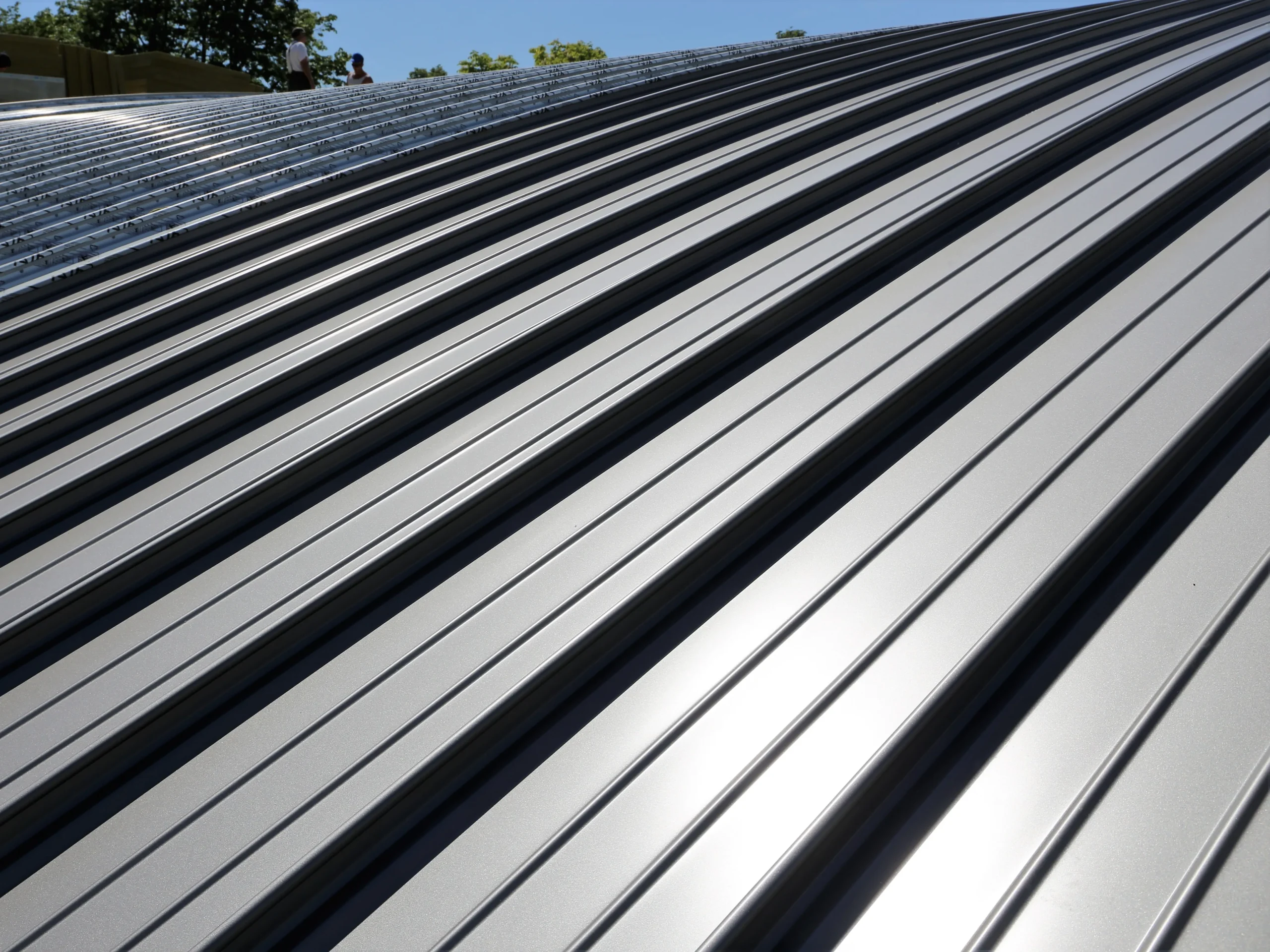
Metal roofing comes in different materials, such as steel, copper, aluminum, and Zinc, each offering unique appeals. Copper and Zinc have an edge in aesthetic appeal, while steel and aluminum are popular because they’re robust and cost-effective. The typical lifespan of steel and aluminum roofs ranges from 40 to 70 years, while copper and zinc roofs last up to 100 years.
Metal roofing is highly resistant to extreme weather conditions, energy-efficient, and requires less maintenance. However, the downside is that the initial cost can be high, and noise can be a problem during rainstorms unless it’s well insulated.
4. Wood Shingles and Shakes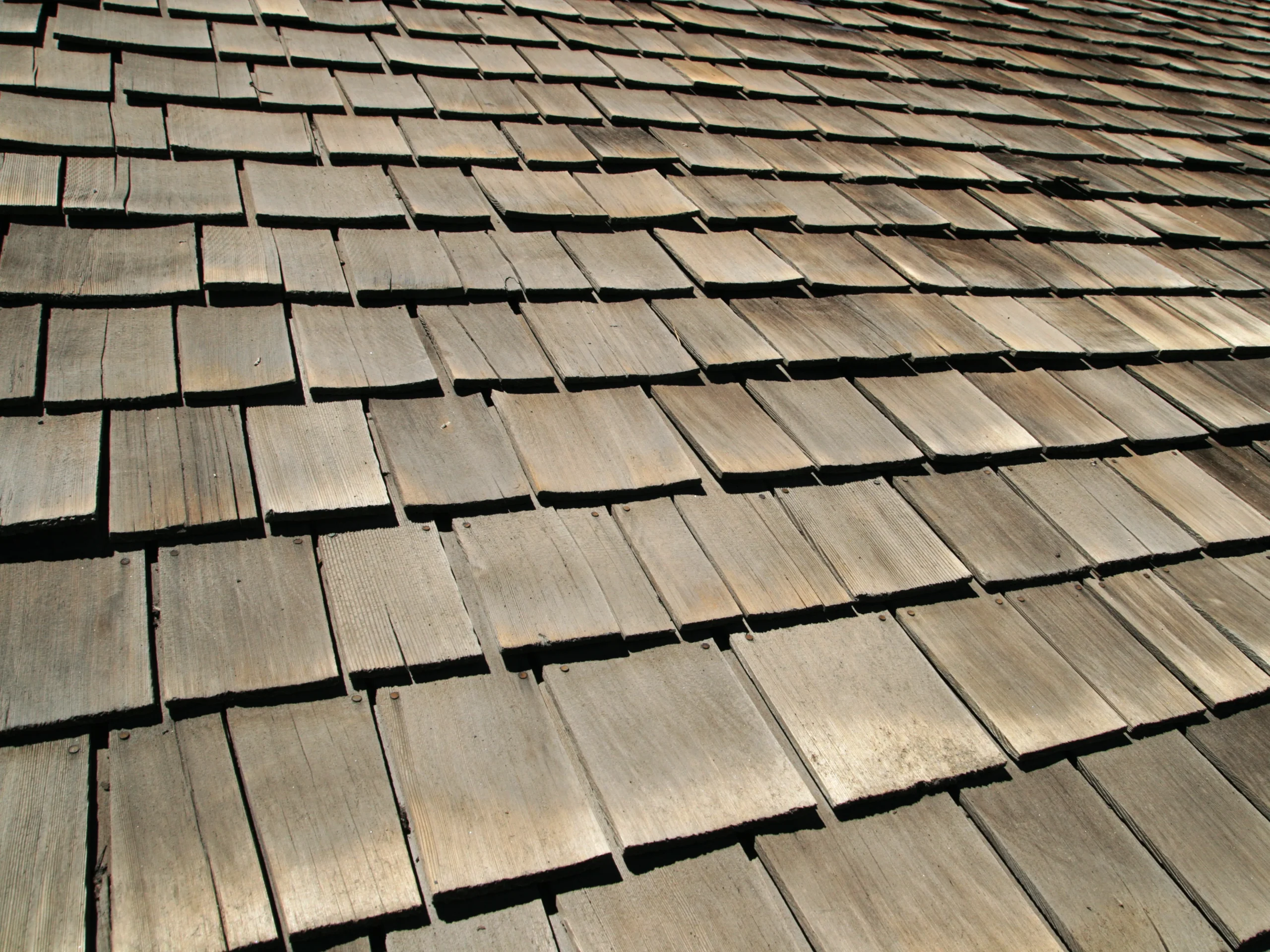
Wood shingles and shakes typically last up to 40 years. However, the lifespan heavily depends on how well maintenance is performed. Wood shingles and shakes offer a unique rustic appearance, ideal for those looking to enhance the look of the house to be more traditional.
Wood shingles and shakes have the advantages of being eco-friendly and having good insulation properties. The downside is that they’re susceptible to rot, insects, and fire because they’re made of wood.
5. Asphalt Shingles
As the most common roof type used in residential housing, asphalt shingles are affordable, easy to install, and come in a variety of styles: 3-tab shingles are flat and uniform; architecture offers a more layered and dimensional appearance, and premium asphalt shingles provide more durability and aesthetic appeal.
Asphalt shingles last 15 to 30 years, making them a shorter lifespan option. However, their longevity also depends on the climate and maintenance best practices.

End Note
So, what type of roof lasts the longest? We see that slate and metal roofing have impressive lifetimes, and asphalt shingles have a shorter lifespan. However, the longevity of a roof is determined not only by its material. Other important considerations, such as climate and maintenance practices, play a crucial role in determining the overall lifespan of a roof. Therefore, it’s vital that you, as a homeowner, opt for a roof relevant to the climate you’re living in while also maintaining regular inspection and care to enhance the roof’s lifespan and protection of your home.
Contact JP Roofing for all matters regarding your roof. We can help you inspect, repair, or, if needed, replace your roof. Remember that maintaining the condition of your roof is essential to preserving the integrity of your house! Also, remember to check our blogs to keep you updated with important information about roofs and more.
 (412) 829 7711
(412) 829 7711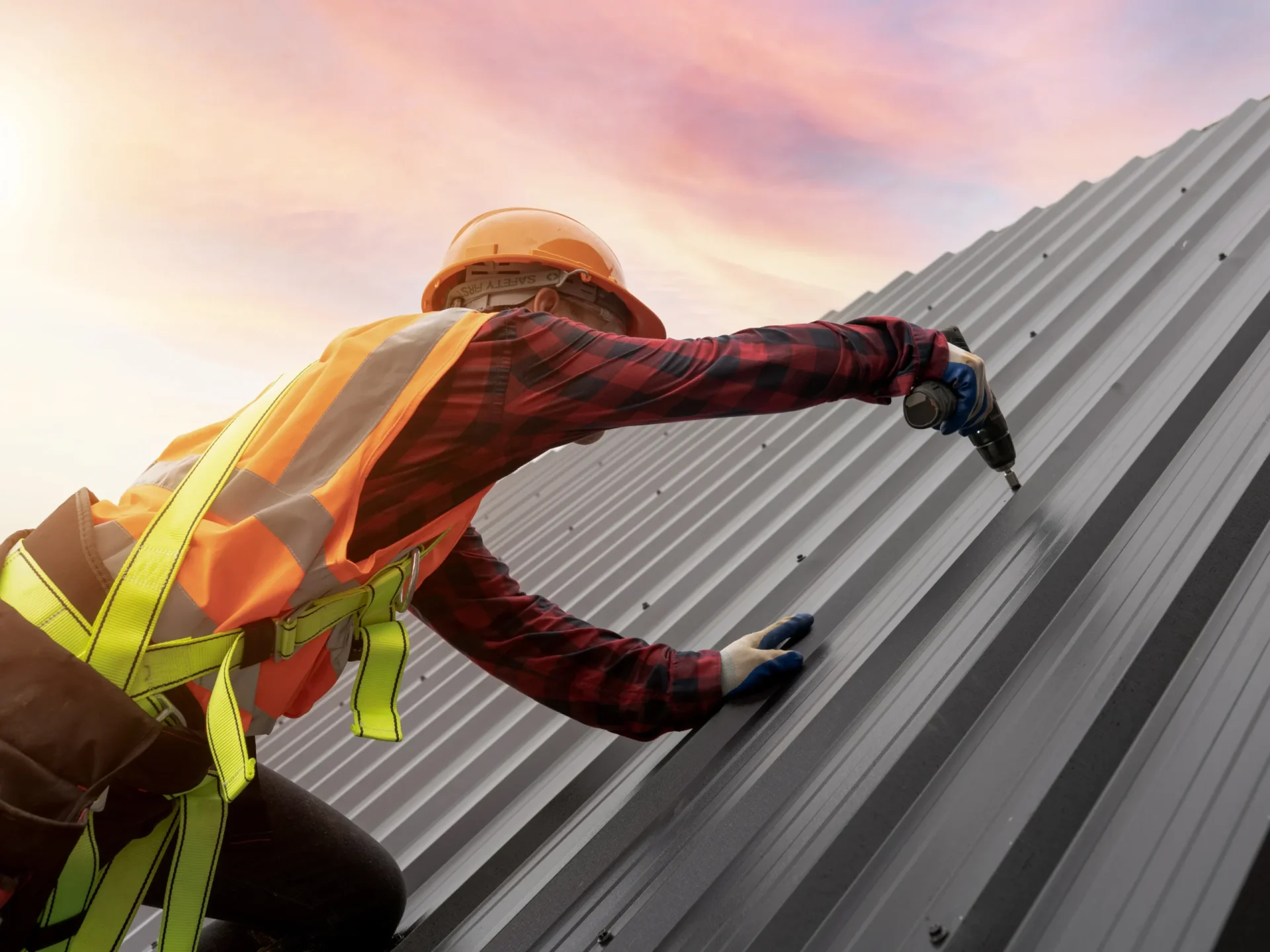
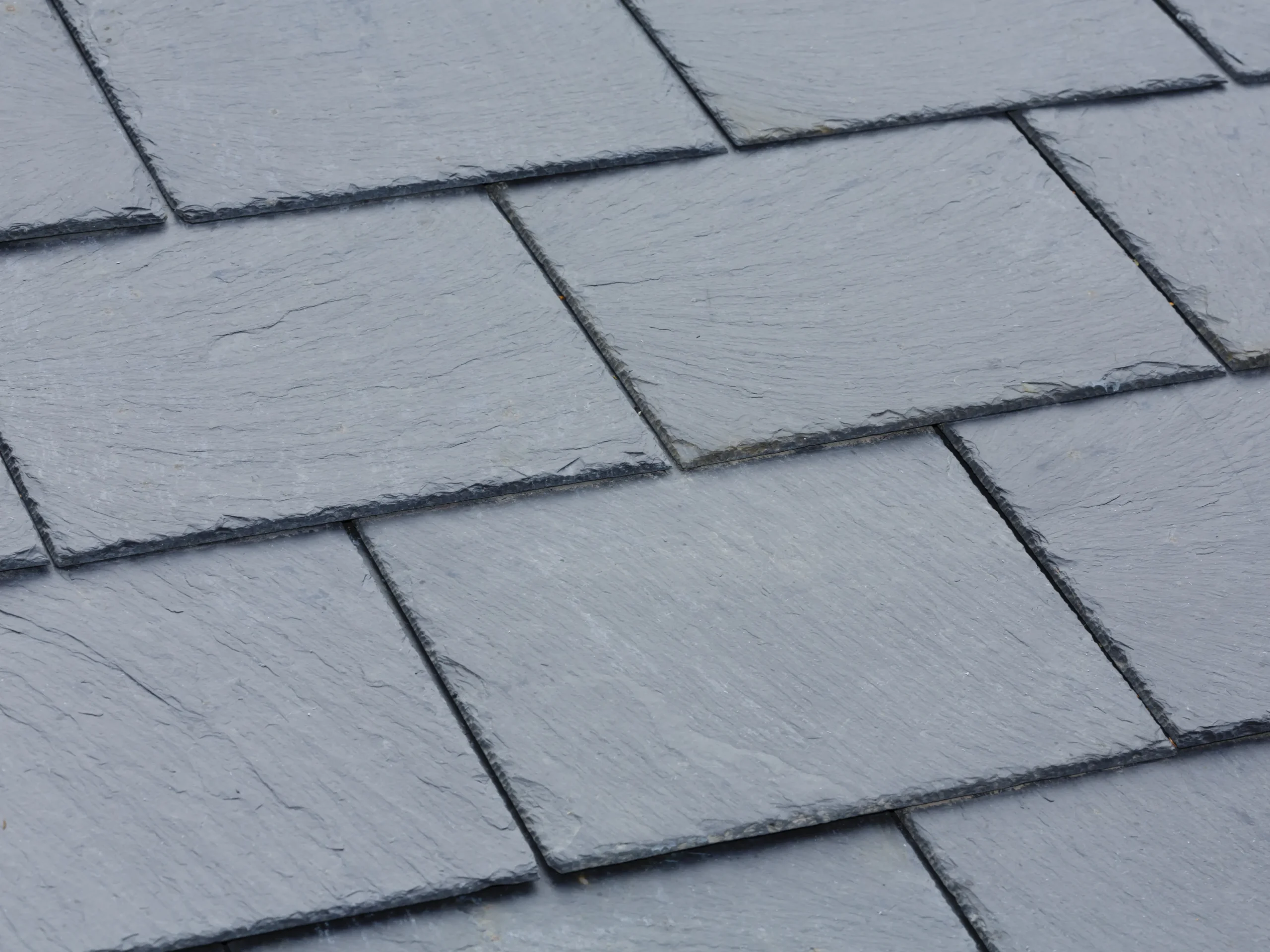
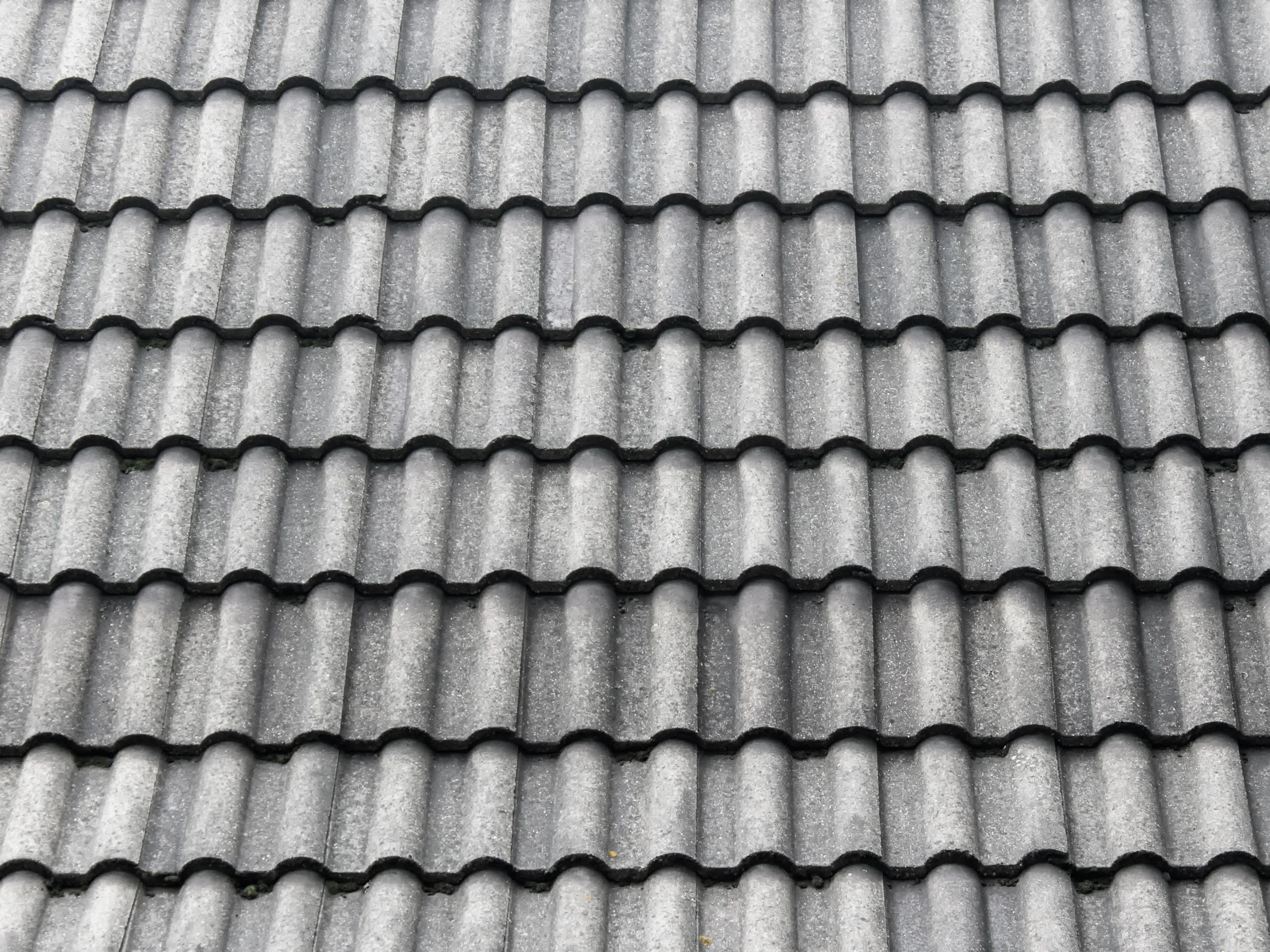

Recent Comments